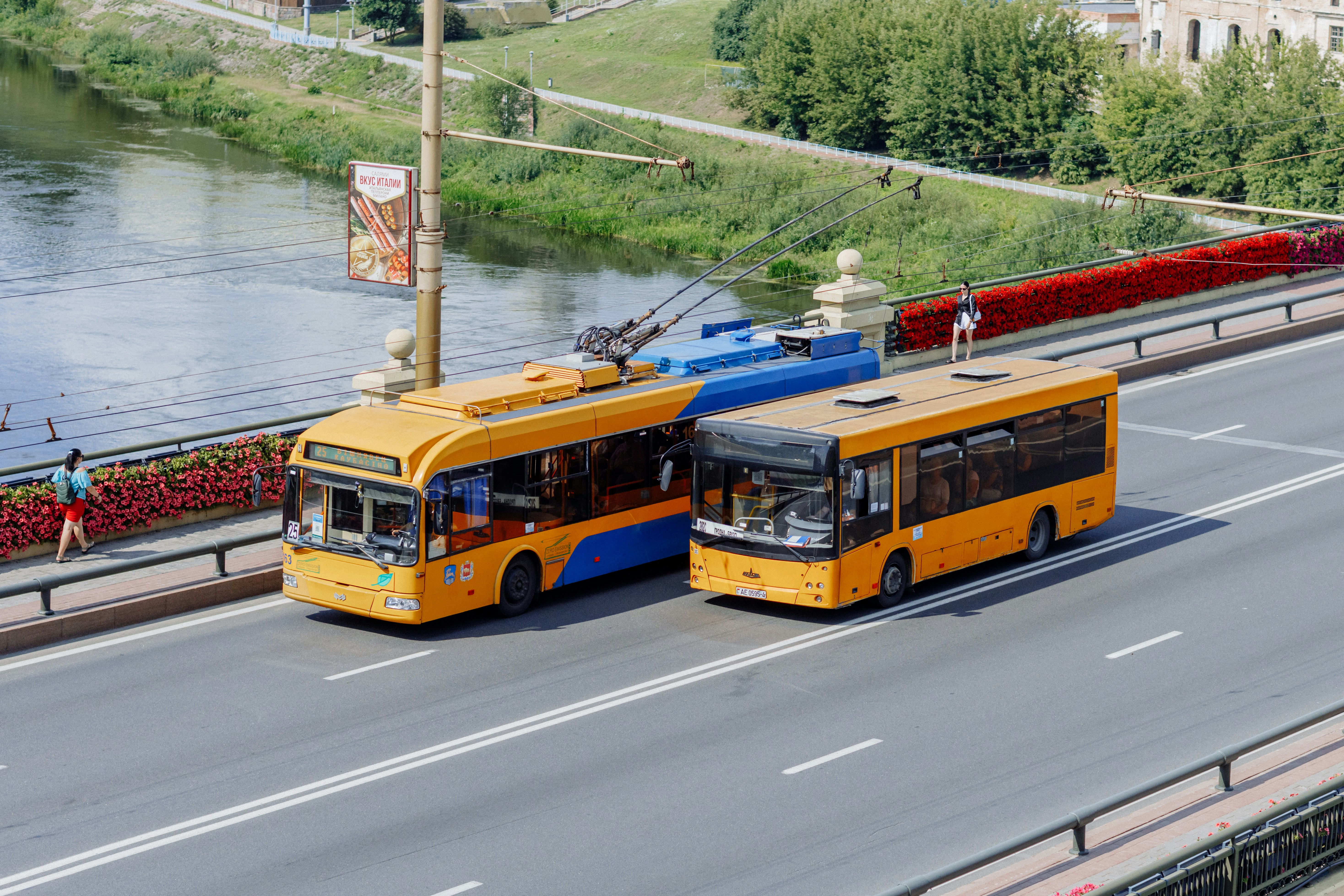

Comparing transportation services in Europe—trains, airplanes, and private taxis—across various parameters provides a comprehensive understanding of their respective advantages and disadvantages. Here’s an in-depth comparison based on key factors:
Each mode of transportation has its strengths and weaknesses, making them suitable for different scenarios:
Paris is known as the fashion capital of the world and nothing highlights this better...
view detailDisneyland Paris has a very wide range of things to explore. But the story doesn't...
view detailParis is home to the Eiffel Tower, the Louvre and quaint cafes, but there is another...
view detail